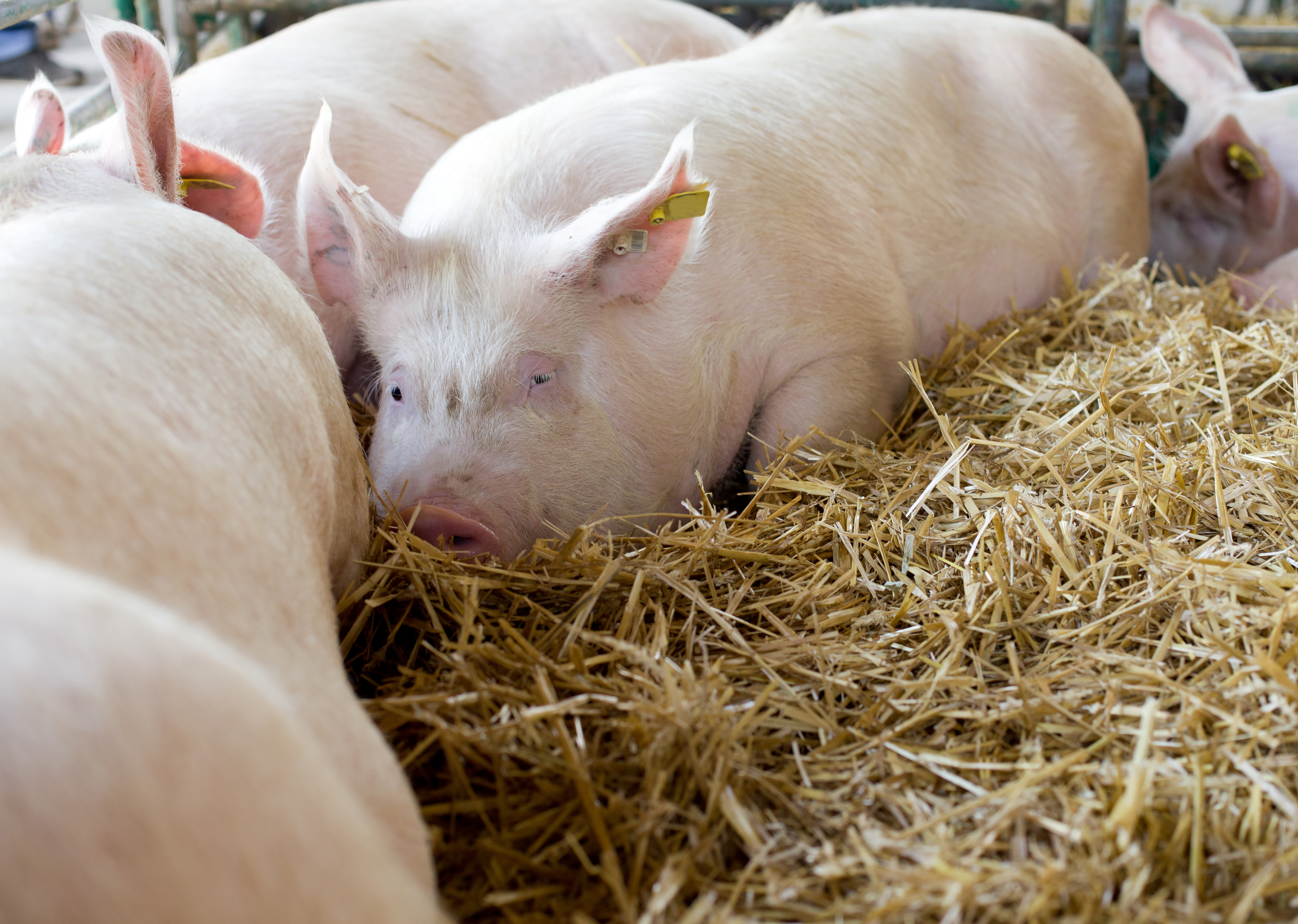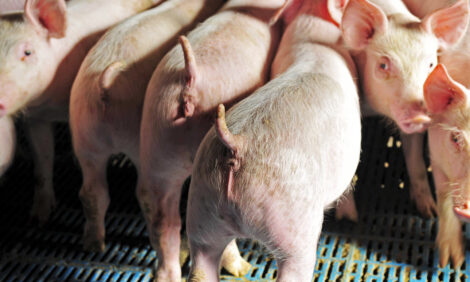



US pigs still receiving critical antibiotics despite superbug crisis
Antibiotics crucial to human medicine are still being used in “unacceptable“ quantities on US livestock farms, despite rules brought in last year intended to curb their use and combat the spread of deadly superbugsTests on thousands of meat samples carried out by the US Food Safety Inspection Service (FSIS) show that farm animals are still being dosed with powerful antibiotics classified as “critically important” to human health. The widespread use of such drugs on livestock is one of the key drivers of antibiotic resistance, a growing public health crisis.
Regulations were brought in by the Food and Drug Administration (FDA) in January 2017 which banned the use of antibiotics on livestock without a prescription from a vet and made it illegal to use the drugs solely to make animals fatter, which for years had been a common practice on industrial farms.
The new rules aimed to curtail the overuse of antibiotics and make sure they were only used when medically necessary. However the tests on livestock slaughtered at dozens of US meat packing plants – including some operated by major processors such as Tyson, Cargill and JBS - found “critical” antibiotics still in use in many meat supply chains. There had been no reduction in the number of antibiotics found in samples from the year before the regulations came into effect.
Analysis by The Bureau of Investigative Journalism (BIJ) also shows how a loophole means US farmers can still use many antibiotics targeted by the ban in much the same way today as they could beforehand, including drugs previously used for growth promotion.
The findings indicate that more needs to be done to combat antibiotic overuse on farms, according to critics.
Responding to the findings, meat industry representatives said it was impossible to make meaningful conclusions about antibiotic use on the farms from the data in question. The samples only indicated the presence of antibiotics, they pointed out, with no information about why they were administered.
Sometimes it was necessary to use critical antibiotics, they said, and all drugs used were approved for use in animals by the FDA.
Tyson told the BIJ: "We’ve held meetings with livestock farmers and ranchers on antibiotic stewardship and funded research on removing antibiotics important to humans from cattle production. We also continue to explore new ways to engage farmers, ranchers and others in the discussion about alternatives to antibiotics that are also important to humans." The other companies did not respond.

The fact that very small doses of antibiotics stimulate growth in animals was discovered by chance by researchers in the 1940s. It soon began to be exploited. As farming became increasingly industrialised, routine use of antibiotics not just to promote growth but also to prevent disease became standard practice around the world.
Over the decades the amount of antibiotics used on animals came to vastly outstrip the amount used on humans. But the widespread use and misuse of antibiotics - on both animals and humans - came at a cost. Bacteria evolved to develop resistance to the drugs that are attacking them - the more antibiotics are used, the more resistance will rise.
The BIJ has been investigating the growing superbug crisis since 2016.
Without effective antibiotics, infections like sepsis or food poisoning can kill, and routine medical procedures which rely on antibiotics to prevent infection – like Caesarean sections, chemotherapy and joint replacements - become very risky.
The growing antibiotic resistance crisis led to countries around the world taking action. Many governments are now trying to reduce antibiotic use as much and as quickly as possible.
The 2017 FDA regulations bring the US in line with rules the European Union has had in place for years; the use of antibiotics as growth promoters was banned inside the EU in 2006 but it took years to effectively reduce the use of these drugs.
When effective action has been taken to closely control our most important antibiotics, there has been an immediate public health benefit. For instance, the UK poultry industry body banned the use of cephalasporins, an antibiotic used to treat serious infections in humans, on its farms in 2012. Since then, the proportion of E coli bacteria resistant to this antibiotic found in British chicken has reduced from 65% to 10%, according to recent figures published by the Food Standards Agency.
A study published by the campaign group Alliance to Save our Antibiotics earlier this year estimated that US farm animals are dosed with five times as many antibiotics as farm animals in the UK. The US meat industry points out that all drugs are FDA-approved and insists they are being used appropriately. “Antibiotic residues are extremely rare and meat is safe. To make any other sweeping public health conclusions from the residue testing data is inappropriate and irresponsible,” said a NAMI spokesperson.
The FDA is planning to release data on pharmaceutical sales for animal antibiotics for 2017 this December, which will give more indication as to how well the new regulations are working.
As reported by Andrew Wasley, Ben Stockton, Natalie Jones and Alexandra Heal, The Bureau of Investigative journalism









